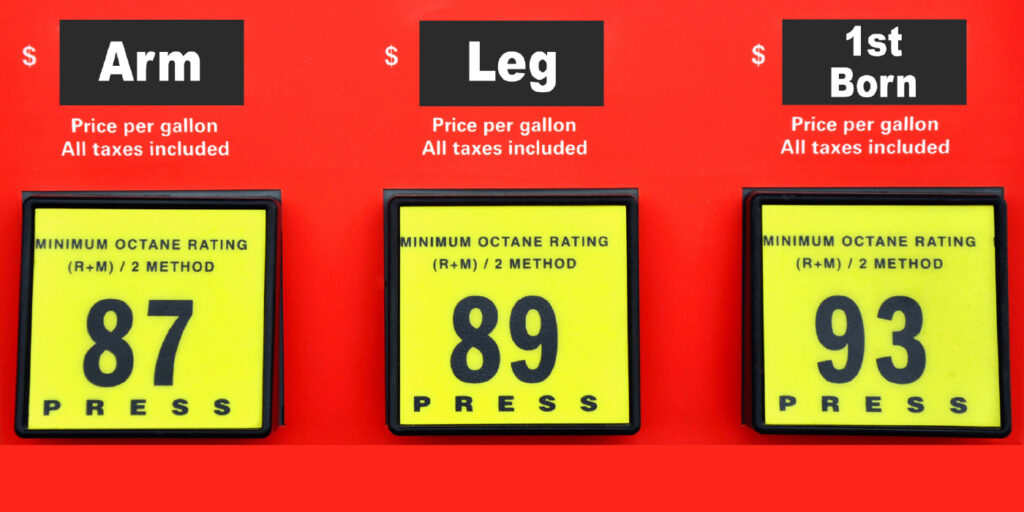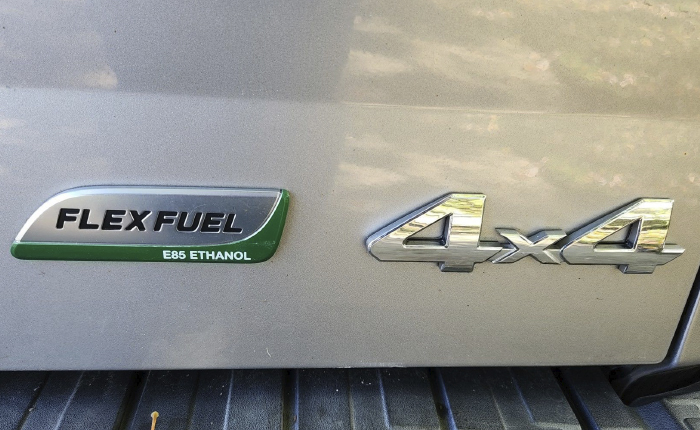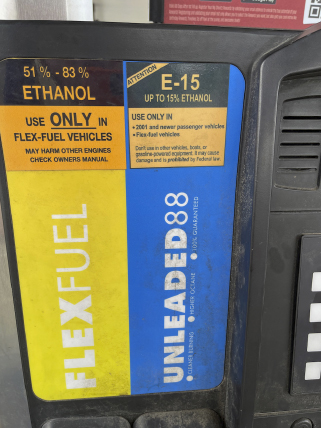This summer, in an effort to reduce prices at the pump, President Biden announced that the federal rule which bans the sale of E15 fuel during the summer months would be lifted. It’s no secret that prices at the gas pumps have risen sharply this year. There are many contributing factors to this, including market instability caused by the war in Ukraine, as well as significantly higher customer demand compared to 2020 when lockdowns were in place.
What is Ethanol?
Ethanol is a type of alcohol that is derived from crops like corn or sugarcane. Ethanol fuels were first developed in response to oil shortages in the 1970s, but they became more mainstream in the 1990s when automakers began introducing flex fuel vehicles (FFVs). FFVs are designed to run on a blend of gasoline and ethanol. Flex fuels have their own pros and cons, but we’ll come back to that a little bit later.
What is the Difference Between E15 and Other Ethanol Fuels?
E85 is commonly known as flex fuel. This fuel is a mixture of 51% – 83% ethanol, but the ratio can vary based on the season and geography. For example, filling stations in Iowa are likely to have more E85 pumps, and a higher percentage of ethanol since corn is a major industry in the state. If the vehicle wasn’t built as an FFV, do not fill it with E85 fuel.
E10 is by far the most common fuel available today. With very few exceptions, all unleaded fuel that is sold in the U.S. is E10. It’s a mixture of 90% gasoline and 10% ethanol. Federal regulations allow all existing gasoline-powered vehicles to use E10 fuels, and there is little to no risk when using this type of fuel.
Chances are good that you and your customers are familiar with E10 and E85, but E15 is much less common and may cause some confusion. E15 is also a mixture of gasoline and ethanol, but at a ratio of 85% gasoline to 15% ethanol. Since E15 requires slightly less crude oil to make, that makes it slightly cheaper at the pump. However, this type of fuel should only be used in vehicles which were built as FFVs. E15 & E85 each have their own pros and cons, but we’ll come back to that a little bit later.
How Do I Know if my Vehicle is an FFV?
FFVs can be identified in a few ways. Most FFVs will have some form of badging on the body, likely on the rear of the vehicle, which indicates that it was designed to run on flex fuel. You may also find a yellow fuel cap behind the fuel door. However, if the vehicle is older, it may have been replaced with a standard black cap, so this may not be the most reliable method for identifying an FFV. It’s also a good idea to check the owner’s manual, or the OEM service information.
What Are the Pros & Cons of E10, E15 & E85?
Let’s start with the pros of adding ethanol to fuels.
According to the U.S. Department of Energy, producing ethanol from corn does not require more energy than the amount of energy contained in the fuel itself, so it has a positive energy balance. NPR reported that a 2018 report by the Government Accountability Office said ethanol has a “limited effect, if any, on greenhouse gas emissions.”
Ethanol fuels are less energy rich than regular gasoline, meaning that a gallon of gasoline (E10) will produce more power than a gallon of E85. This has an effect on fuel economy, and it’s worth noting that filling up the tank with E85 may result in a 25-30% reduction in fuel economy or miles per gallon (MPG). However, since E15 contains only 5% more ethanol than regular gasoline (E10), there should be almost zero discernable reduction in power or fuel economy.
The alcohol in ethanol can produce more ground-level air pollution, also known as smog. This is because the alcohol evaporates more quickly than regular gasoline, and those evaporated particles react with sunlight and create smog. This is the reason why the EPA banned the sale of E15 during summer months. The thinking was that more heat and sunlight would produce more fuel evaporation and more smog.
Ethanol is corrosive, and it can eat away at fuel system components from the inside if they are not designed to carry this type of fuel. Fuel tanks, pumps, gaskets and seals, and other rubber or plastic components could all be damaged over time. We say COULD because there is no real guarantee that this type of damage will occur, only an increased likelihood of it happening.
As we said earlier, federal regulations currently allow all existing gasoline-powered vehicles to use E10 fuels, and there is little to no risk when using this type of fuel. However, some classic car owners may wish to avoid using E10 fuels, and instead choose to find one of the few fuel stations near them that offer ethanol-free fuel.
There are other solutions for these customers, including fuel conditioners or stabilizers which can be poured into the filler neck when at the pump. Ethanol fuel conditioners contain additives that help to prevent corrosion or rust which can be associated with the use of ethanol fuels. This may be especially important to classic car owners.
Can I Use E15 in my Vehicle?
The EPA has deemed E15 safe to use in Model Year (MY) 2001 and newer vehicles, but we would suggest using your best judgment to answer this question. There have been conflicting reports on whether or not E15 could damage fuel system components. If the vehicle was built to handle flex fuels, but you have doubts as to the condition of the fuel system, we would not suggest filling it up with E15.
However, it’s worth noting that the aftermarket is aware of the possible corrosion issues which can be seen when using ethanol in fuels, and they’re reacting accordingly. Companies such as Carter have implemented materials and design changes into its fuel pumps to reduce or eliminate the risk of corrosion. This includes the armature, commutator, float arm, fuel level sender, and more. This makes it that much more important to select premium-quality replacement fuel system components whenever you’re servicing a late-model vehicle, especially one which is designed to handle flex fuels.
















